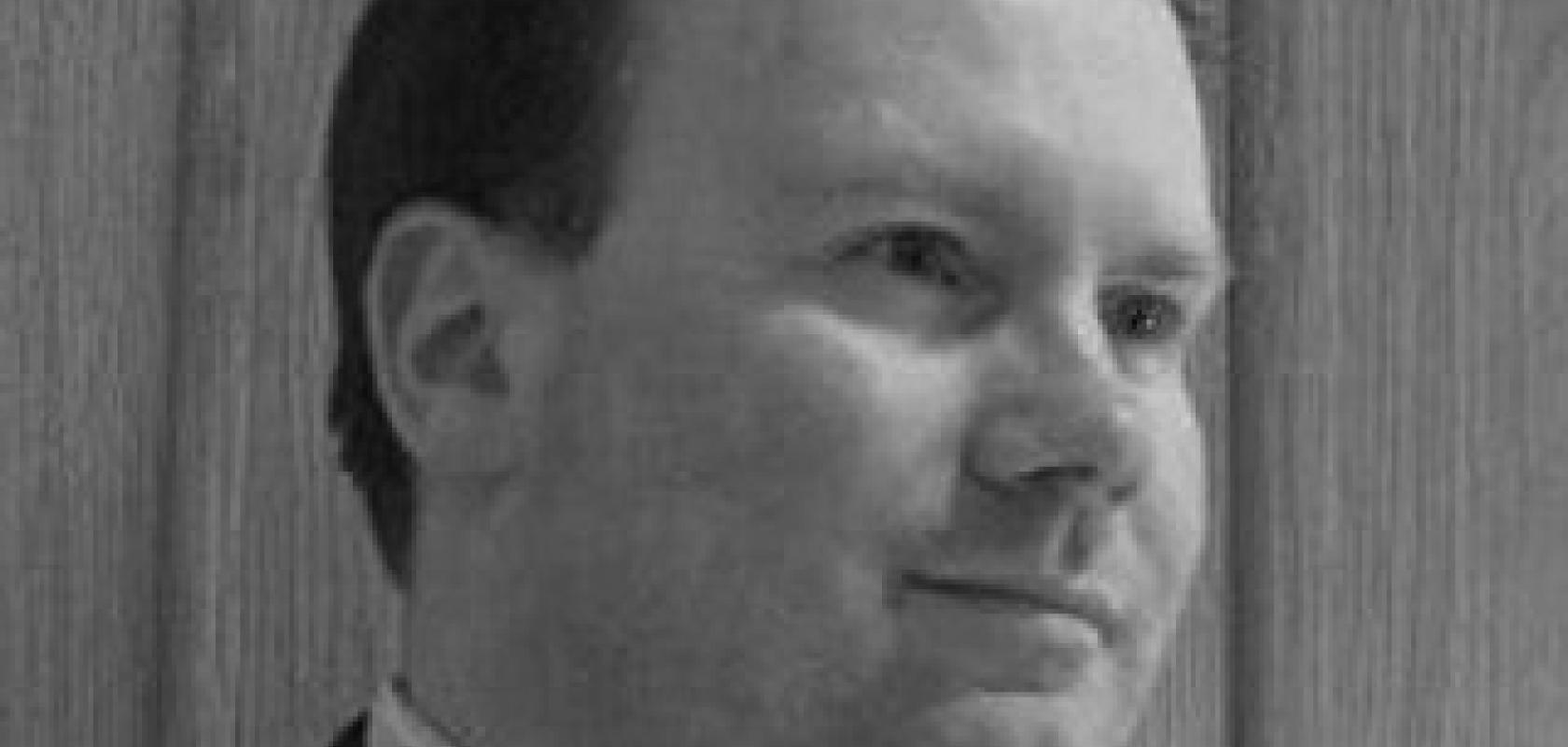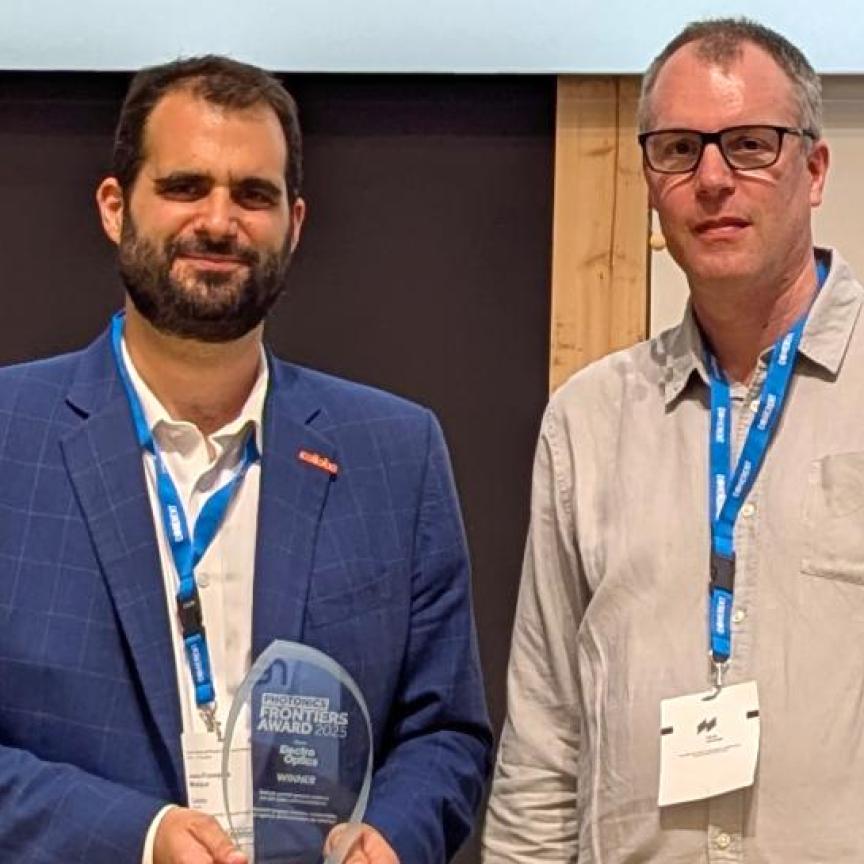Pro-Lite’s Robert Yeo discusses the changes in the regulations governing Personal Protective Equipment (PPE) and how they affect the selection and sale of laser safety eyewear
Within the European Union, many products are subject to so-called “Directives” which (in effect) define legally enforceable essential requirements (and cite particular harmonised standards) that products must satisfy in order that they can be placed on to the single market. For laser equipment itself, we will be familiar with the Electromagnetic Conformity (EMC) Directive, the Low Voltage Directive and the Machinery Directive. For laser safety eyewear, the applicable directive has been the Personal Protective Equipment Directive (PPE), 89/686/EEC which first came into force in 1989. As of April 21st 2018, the original PPE directive has been superseded by EU regulation 2016/425, and I will review here the main changes that the new regulation introduces. Some of the differences are substantial and will have a significant impact both on those that buy laser safety products as well as on those who make and/or distribute them in the European market. I should at this stage declare an interest: Pro-Lite serves as UK & Ireland distributor for the Laservision range of laser safety products and also hosts safety training for laser users and laser safety officers.
EU regulation 2016/425
EU regulation 2016/425 now makes it mandatory that:
- Suppliers of laser safety eyewear must provide a Certificate of Conformance with every order.
- The manufacturer (or their reseller/distributor) is now responsible for selling the correct product for the customer’s application.
- The date of production must be marked on the product.
- The storage life of the product must be stated in the instructions for use.
- The operational life of the product must also be stated in the instructions for use.
For suppliers of laser safety eyewear such as Pro-Lite, these changes represent a paradigm shift. Considering first the requirement that the seller must ensure that the laser safety eyewear is fit for purpose, this shifts the responsibility (and liability) for ensuring the correct product is chosen from the customer to the seller. Given the potential risks to eyesight that arise through the use of incorrect eyewear, this must be seen as a positive change. Rather than a poorly educated customer buying the eyewear that they prefer the look of, or that which is simply the cheapest, the seller must now consult with the customer to determine the relevant laser parameters which govern the choice of appropriate eyewear and then offer those to the customer. Whereas a customer may in the past have sought out and ordered generic “CO2 laser safety goggles” for example, the supplier must now only offer eyewear deemed suitable for the power level and wavelength of the laser which the customer is using.
Specifying Laser Safety Eyewear
It is worth reminding ourselves how laser safety eyewear is currently specified. BS EN 207 “Personal Eye-Protection: Filters and Eye-Protectors Against Laser Radiation (Laser Eye-Protectors)” came into effect in 1998. Until then, laser safety eyewear had been specified solely in terms of the optical density (OD or transmittance) that the filter material possessed at the laser wavelength(s). No account was taken before then of the filter material’s ability to withstand a direct beam exposure, nor of the stability of the frame to the laser beam. Indeed, until the introduction of EN207, some manufacturers of inexpensive polycarbonate laser eyewear tried to make a virtue out of the fact that their plastic material would make a “popping” noise which would alert the wearer to the laser beam burning through the filter. Which was of course absolutely fine provided that the laser didn’t instantaneously evaporate the filter and blind the poor, unsuspecting wearer.
EN 207 introduced the requirement for damage threshold testing of both the filter and frame materials. The damage threshold was defined as that irradiance (W/m2) or radiant exposure (J/m2) that the eyewear (filter AND frame) could withstand for 10 seconds or 100 pulses, whilst maintaining the specified OD. This way, materials with a higher damage threshold (such as mineral glass or glass with dielectric coatings) were offered to protect against high power lasers, while low to moderate power beams could be safety blocked using lower cost polycarbonate materials.
In general, for higher power lasers, the filter material normally required is either absorbing mineral glass, or in the case of the very highest powers, dielectrically coated glass which serves to reflect the laser light rather than absorb it.
Vendors Are Now Responsible for Supplying the Correct PPE
With the introduction of the new European PPE directive in April 2018, the responsibility for selecting the correct eyewear now falls to the supplier. As such, the supplier will now seek information about the laser from the customer, specifically the laser wavelength, average power, pulse energy, pulse length, pulse repetition frequency and accessible beam diameter. From this data, the supplier will calculate the power density (irradiance) and (for a pulsed laser) the radiant exposure and hence the required protective scale number per EN 207. They will then select eyewear models that provide at least that level of protection and offer these to the customer.
Since EN207 was first introduced in 1998, there have been two revisions. The differences between the original and later standards are as follows:
- EN207:1998 The original laser beam test diameter was 2mm and the time of laser impact was 10s or 100 pulses. A correction function was applied at smaller beam diameters. Products were marked with the CE symbol and protection denoted by ‘L’ scale numbers.
- EN207:2010 The test diameter was now reduced to 1mm (which was a more demanding test) but the time of laser impact was reduced to 5s or 50 pulses. The rationale was that it was felt to be more realistic that a person would move out of a direct laser beam hit in less than 5 seconds rather than the 10 seconds originally envisaged. It was now no longer possible to test damage thresholds using smaller beam diameters. Products were again marked with the CE symbol, but protection was now denoted by ‘LB’ scale numbers.
- EN207:2017 The most recent update to EN207 still requires products to be tested with a 1mm beam diameter, but scaling factors are applied to modify the required protection level for larger beams. For use with beam diameters from 1-15mm, the laser irradiance is scaled by d1.17 for glass filters and for d1.2 for plastic filters. For use with beam diameters of >15mm, the scale factor for 15mm is used. The modified irradiance is then used to determine the level of protection required. The effect is to increase the level of protection required for larger beam diameters.
The new scaling factor introduced in EN 207:2017 takes into account the way laser safety products react differently to different beam diameters due to heat dissipation, especially with beam diameters over the 1mm test diameter. For example, with a 16mm diameter, although the power density will be less due to the larger area (power/area=power density), this power density value is then multiplied by 100 to account for reduced heat dissipation and this amended value is then used to determine the final protection level. In practice this usually means continuous wave lasers require a higher level of protection than they would have done before, especially when their beam diameter is larger than 1mm.
The other significant change that 2016/425 introduces is the concept of “best before” dates on the eyewear. While this may have little or no impact on ordinary, low cost, non-laser eyewear (which are often treated as disposable), that is not the case for laser safety eyewear which can often cost hundreds if not thousands of pounds a pair. Suppliers must now apply a date of manufacturer to the eyewear and define a “shelf life” and an operational lifetime in the instructions for use. Depending on the actual lifetime specifications different manufacturers adopt, the need for routine inspection and/or replacement of expensive laser eyewear may become a harsh reality.
Robert Yeo is a co-founder and director of the Pro-Lite Group of companies which serves as Distributor for Laservision in the UK, Ireland, France, Spain and Portugal. Laservision is a leading German manufacturer of laser safety eyewear, filter materials and large area screening systems for laser safety. Pro-Lite also provides training on laser safety for laser users and accredited training for laser safety officers.
Pro-Lite web site: www.pro-lite.co.uk
Pro-Lite laser safety equipment: http://www.pro-lite.co.uk/File/laser_safety.php
Pro-Lite laser safety training: http://www.pro-lite.co.uk/File/training_overview.php


